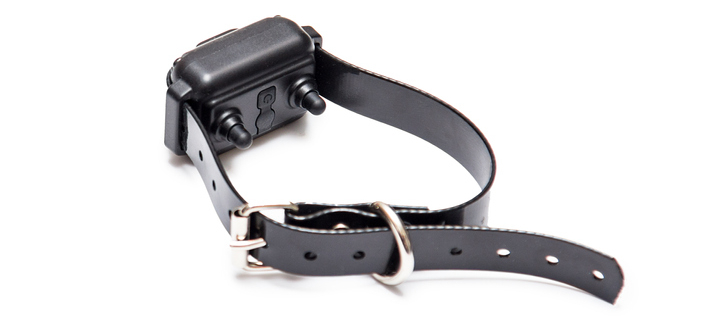Exploring the Pros and Cons of Invisible Fences for Dogs
Invisible fences, also known as underground or electric fences, have
become a popular choice for dog owners looking to provide their furry
companions with freedom while ensuring their safety and containment.
These systems use hidden wires and a specialized collar to keep dogs
within a designated area without the need for traditional physical
barriers. In this article, we’ll delve into the pros and cons of
invisible fences for dogs, helping you make an informed decision about
whether this technology is suitable for your pet
Pros of Invisible Fences:
Effective Containment: Invisible fences can be an effective tool for
keeping dogs within a specific area. They provide dogs with the
freedom to roam and play while preventing them from straying into
unsafe areas or onto busy roads.
Unobtrusive Aesthetics: Unlike traditional fences, invisible fences
don’t obstruct the view of your property or disrupt its aesthetics.
This can be particularly appealing for homeowners who want to maintain
the visual appeal of their outdoor spaces.
Customizable Boundaries: Many invisible fence systems allow you to
customize the boundaries to suit your specific needs. You can create a
designated play area or keep dogs away from specific garden beds or
swimming pools.
Cons of Invisible Fences:
Risk of Escape: While invisible fences can be effective, some dogs may
be determined to escape the boundary, especially when tempted by a
squirrel or other animals. Once outside the boundary, they may be
hesitant to return due to the perceived punishment.
No Protection from Intruders: Invisible fences do not provide any
protection from potential intruders or other animals entering your
property. They are purely designed for containment and do not serve as
a security measure.
Potential Stress and Fear: Some dogs may become anxious or fearful
when they receive a correction from the collar, potentially leading to
behavioral issues or a negative association with the outdoor space.
In conclusion, invisible fences offer a practical solution for dog
owners seeking containment options that don’t compromise aesthetics.
However, they may not be suitable for all dogs, and their
effectiveness depends on factors like the dog’s temperament, training,
and the specific environment. Before implementing an invisible fence,
it’s crucial to carefully consider your dog’s needs and consult with a
professional dog trainer or behaviorist to ensure that it’s the right
choice for your pet.



